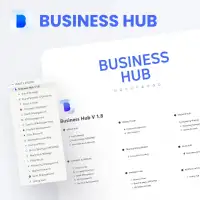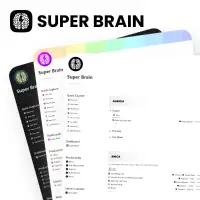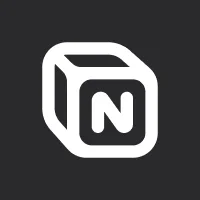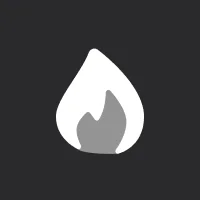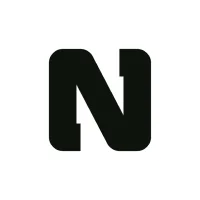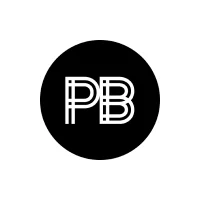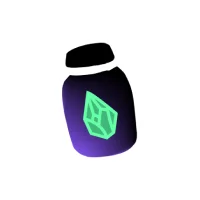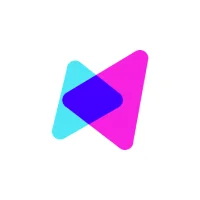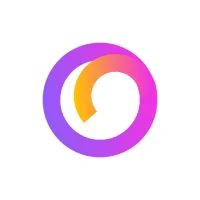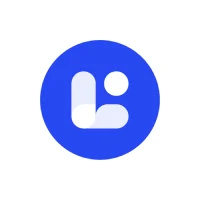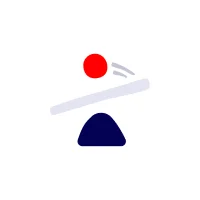What is Product-Led Growth? Theory, Strategy, Metrics & Examples

What is Product-Led Growth, The final PLG guide is written with insight from the world’s leading product experts.
The strategy of increasing market share seems to be everywhere these days. But what exactly does “PLG” really mean? Here is your article on the basics.
Product-Based Growth is a strategy that uses a product as a channel to further organizational KPIs, such as revenue, interaction, and access.
At a higher level, product-led growth may seem like a simple model for your consumer to try out before buying.
However, in hindsight, product-led growth is an entirely new way to grow a SaaS business.
As Allan Wille, Co-Founder & CEO, Klipfolio puts it, “Product-led growth means that every team in your business influences the product. Your marketing team will ask, “how can our product generate a demand flywheel.” Your sales team will ask, “how can we use the product to qualify our prospects for us?.” Your customer success team asks, “how can we create a product that helps customers become successful beyond our dreams?.” By having every team focused on the product, you create a culture that is built around enduring customer value.”
By leading with the product throughout an organization, product-led companies often benefit from:
- Short sales cycle: By having your own board expectations, you can significantly reduce your sales time and sales cycle.
- Low-Cost Acquisition Costs (CAC): By enabling users to develop themselves.
- Higher Income per Service (RPE): Slight hand-holding means higher profit margins per customer.
Product-led growth is not just about disrupting the “way” of SaaS companies, it is about how you survive.
Why Product-Led Growth is the Future of SaaS
Unlike sales-led companies where the whole goal is to take the buyer from Point A to Point B in the sales cycle, product-led companies are investigating a typical sales model in their head. Product-led companies make this possible by providing the consumer with “keys” to use the product and helping them achieve the best results while using the product. At this point, progressing to a paid system becomes a chore.
At the end of this article, you will find out why businesses choose to be led by a product, what is required to be led by a product, and what are the major benefits of truly product-led growth.
What is product-led growth?
Product-driven growth (PLG) is a gimmick to pin down as there are many factors that make it different. To sum it up in a few words…
Product-Based Growth is a strategy that uses a product as a channel for more corporate KPIs such as revenue, engagement, and reach.
Now, there’s more to it than that. To better understand what it involves, we spoke to some PLG experts to get their ideas on how it works.
It’s growth without dependencies
PLG means your business grows without having to invest tens of thousands of dollars in paid advertising or having your own team of vendors always refer creators. Making money becomes a lot easier when your strategy is driven by a product, as Drift’s Matt Bilotti suggests:
Product-driven growth builds your product in a way that allows you to monetize and grow without having to measure the same level of a sales and marketing organization.
Matt Bilotti, Product Leader, Growth and Lifecycle @ Drift
Really focuses on customers
Can you be a product without happy customers? Hint: none.
Product-driven growth is about creating happy customers among your biggest fans and continuing to promote your business whenever you want. Kelly O’Connell of ActiveCampaign summarizes why:
Product-led growth is starting a company and continues to grow with a product that solves real customer problems. Understand customer needs and frustrations, drive to create a product that solves them, and coordinate the company to support the product and service.
Kelly O’Connell, Director of Innovation and Product Strategy at CXA @ ActiveCampaign
Companies that use a product-oriented growth strategy do their best to make their products better out there. They get customer feedback and create new features according to their users’ wishes – 100% customer focus. And the results speak for themselves:
Your product is becoming a key driver for adoption, expansion, and retention.
Kelly O’Connell, VP of Jesus Product @ ActiveCampaign
Independent product adoption
We’ll review this over time, but having a product that allows your customers to work independently and accept them is a big part of PLG. Erin May from User Interviews said that the key to the product’s internal usability lies:
Product-driven growth is about getting more out of your product design by enabling users to find features and implement the conditions that will make them run (help get initial value), keep them longer (storage), and make better money. (for example, make sure you have the right price metric and that money can be made to help yourself).
Erin May, VP Growth and Marketing @ User Interviews
Giving your users the ability to use your own tool is the key to product-driven growth. Yes, help is always available when needed. But lowering the adoption barrier makes that “aha” moment come fast. For Eric Peters at Hubspot, product-led growth is about independent sourcing:
PLG is an evolution driven by consumer behavior to transform customer opportunities and information from interpersonal relationships to highly risky self-help and technology interventions.
Eric Peters, Product Manager, HubSpot Academy @ HubSpot
Has non-binding prices
Product-Led Growth is often inspired by a freemium-based pricing model. This is because people can start their own business and work with the tool without committing to monthly or annual payments. It also allows small but growing companies to get started for free with the idea that they will commit to paying on time. Retainable’s Gen Furukawa puts it this way:
A product-led growth strategy enables users to explore the product for themselves without the restraint of features, and come to their own conclusion on the value that the product delivers. Pricing is one of the most important levers for PLG—the shift from demo and sales to free trial or freemium.
Gen Furukawa, CEO @ Retainable
With excellent user access and engaging product visits, businesses can offer other paid features that make the product even more “sticky”, simplifying the user lifecycle.
What does product-led growth look like in practice?
How do you spot a product-led company in the wilderness? There are a few key features you’ll notice:
To make product-driven growth a reality, the entire company must come together to rethink what metrics and tactics drive sustainable growth. In practice, this means that the way a company sells markets and retains customers has undergone a transformation.
As a company or team leader, you must build the Product-Led Growth “machine” around the product and keep teams aligned on strategy. For example, one way to drive product-driven growth is to provide a clear way for users to derive value from your product before making a final purchase. This way, the product itself becomes a sales function as well as your outgoing sales team.
Product-based growth also allows you to be more agile with resources. Instead of spending money on every new marketing and sales tactic, you can make a focused investment in your product. By prioritizing a best-in-class product experience, you’re not keeping customers coming back. You create a pipeline for new customer growth.
- They usually have a freemium model (“start free today!”)
- Low barrier to entry (self-service and forced sales demo)
- Laser-focused on user experience (expect glowing reviews)
- Expansion based on their current network (they have a fanbase referring to others)
- Habit building (they go straight into your tech stack and become essential very quickly)
- They solve a real need with lower friction than their competitors (butter smooth)
Product-led growth vs other growth models
Product-led growth is a direct response to the more traditional models of the past. Salespeople or marketing materials have long been used to convince customers of the value of a product. PLG models focus on enabling customers to discover this value for themselves, often by letting them use the product before committing to a purchase.
Three very different strategies. So how do you differentiate between them—and how do you confidently choose one that’s going to work?
Product-led businesses focus on decreasing customer acquisition fees (CAC) as an awful lot as feasible. Hiring and educating a huge sales crew prices cash. best digital and conventional advertising techniques also require substantial and steady financial investments. That being stated, turning into product-led doesn’t suggest ditching traditional income and marketing practices completely. It’s more so approximately being strategic together with your vision and investments.
Product-led growth vs. Marketing-led
As software companies searched for more green methods to grow, the advertising and marketing-led GTM method came to fruition.
This changed inside the international of web 2.0 whilst web sites have become a cheaper way to provide a billboard to a person. the search became a major manner that people located software programs; it no longer required personal relationships.
organizations started setting key data within the arms of customers to elicit hobby and advantage attain manner beyond conventional channels. This advanced to providing visitors with greater data about the product, and the enterprise, and caused our modern content material-led advertising paradigm.
but, there are a few trends that might be taking us far away from an advertising-led boom model and closer to a product-led boom version:
- An international SaaS way that users can start the use of the software program extra effortlessly than ever earlier; there are no time-consuming installation or setup processes
- Decrease switching expenses (because of greater carriers, less complicated installation, less expensive expenses, and shorter lock-during periods) suggest that customers are comfortable attempting software programs before committing
- To assist users striving software programs an increasing number of merchandise provide an unfastened trial or freemium model
- Subscriptions imply agencies are relaxed about growing revenue from clients over the lifetime rather than securing this up-front
those tendencies imply that the attention of customers has shifted from offline conversations to online websites, to interactive products. merchandise at the moment is the billboard to get your message and fee across to a client.
This necessitates the product needs to provide all the key data that users want to make a decision, which manifests as imparting them the cost and getting them to “aha moments”.
Product-led growth vs. Sales-led
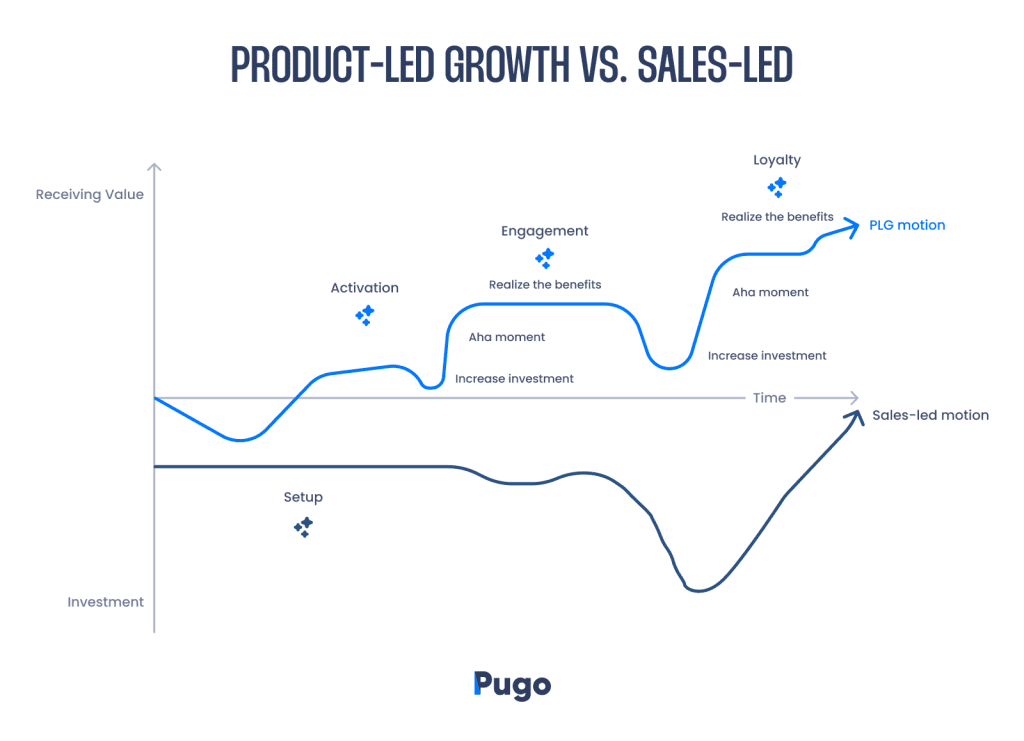
in the 80s and 90s software program was bought by CTOs and CIOs. They offered primarily based on relationships; There have been deals on golf courses with G&T and big budgets for patron leisure (double this G&T). There had been few gamers and numerous special improvements, so relationships have been crucial.
A sales-pushed go-To-marketplace (GTM) method is based heavily on outbound sales, non-public relationships, one-on-one conferences, customized sales strategies, and long cycles. Industries like heavy production (think plane) nonetheless depend upon it because of the elements outlined above. It additionally works successfully only if the settlement values are very large.
There are nevertheless a few remnants of this approach these days, but some foremost megatrends have led to a shift far from it:
developing software is simpler than ever earlier; so there are a number of players
as the facts are broadly and effortlessly to be had, it’s miles easier to evaluate the real values
The average man or woman is now adopting software programs in their private life and is more cozy adopting it in their expert existence.
As SaaS seeks to scale even quicker, corporations want to discover approaches to eliminate hiring restrictions.
Benefits of product-led growth
Product-led corporations are known for creating incredible products which might be fast and usually fee-effective to the cease-consumer. but there is greater to it than making better products and pleasing clients.
A product-based totally increment approach ought to produce:
- Better median business enterprise value (EV): little by little with OpenView, “The median organizational charge (EV) of PLG companies is 2x higher than the general public SaaS index as an entire.” that is because product-led agencies design device that alleviates the issues of leaving clients. nicely acquired, customers remain unswerving of the product or even advocate it to others.
- Exponential growth: OpenView also reports that PLG businesses are growing faster. As quickly as a PLG employer generates $10 million in everyday annual income (ARR), it has a tendency to develop and scale at a quicker charge.
- Decreasing price of customer acquisition (CAC): PLG businesses aren’t limited to immoderate advertising and marketing or selling costs, as most assets are directed to the product. This allows them to live in a wholesome boom pattern with less time to take a look at a go back on the acquisition cost.
How to become a product-led company
It’s fairly clean to be satisfied that product-led growth is the manner forward, however, how do you go about performing in this effectively? There are some additives:
- Setting product-led growth as an intention
- Defining roles and obligations
- Doing a product audit
- enforce analytics tracking
- by going for walks experiments
- Measuring, getting to know, repeating
But before we dive into imposing a PLG strategy at your agency. There’s a large point we want to cowl—getting purchase-in from your team.
Starting point: winning internal adoption
the adventure to turning into product-led starts with executive alignment that product-led increase is a crucial method towards product and employer fulfillment. without the organization leadership encouraging this method, it will be hard to allocate time, assets, and cycles toward making product enhancements, strolling experiments, and hiring people with the purpose to supply PLG.
Product groups are overloaded with remarks, seeking to prioritize and assist the users and organization. efficaciously positioning PLG as the answer and getting traction for implementation needs to include a focus on the group’s dreams and fears. As Mario Araujo from OutSystems informed us:
“acquire people into the movement through growing a powerful narrative with an incredibly clear North star metric. We subtle our narrative around PLG to make it clear, clean to understand, and fully tied to consumer desires. these days we’ve teams that are reorganizing to join the motion”
– Mario Araujo, Director of Product increase at OutSystems.
when you get all of the crew onboard, you’ll want to set up an open conversation with anybody. damage down the silos and create a #PLG organization on Slack where you may all proportion thoughts and progress. right here’s how they do it at OutSystems:
“every six weeks we share our product-led learnings, successes, and disasters in a meeting open to all departments. important to fulfillment was assisted by the CRO, but the trendy approach needs to be backside-up. We wanted buy-in from development and advertising and marketing groups, now not simply better-ups. carry someone in from the outdoor to evangelize to the key groups involved.”
– Mario Araujo, Director of Product increase at OutSystems.
1. Setting product-led growth as an intention
Now you’ve been given buy-in, it’s time to lay down some dreams for PLG. putting dreams proves effect and permits persevered move-useful paintings towards growth.
you can leverage the OKRs framework to recollect putting some product-led growth goals in your next area.
for example, let’s assume that the goal is to correctly release characteristic Y. if so, the key effects will be:
KR1: discover key product moves that indicate the first-class-suit person personality thru experimentation
KR2: Create friction logs for key moves and flows
KR3: Rollout new product excursion to 50% of customers pre-launch
KR4: improve signup to paid conversion price through 3%
2. Defining roles and duties for executing product-led boom
Without clear possession and responsibility, it’ll be hard to execute any product-led growth approach. You don’t want to rent new humans for this; instead, you could identify an individual or a team from inside your business enterprise that can lead your PLG efforts.
superb applicants for this individual or crew consist of:
Product managers with an increase or funnel conversion enjoy (e.g. enhancing trial conversions, increasing activations, developing upsell opportunities, and so on.)
Designers who’re analytical and feature experience with experimentation
Engineers who’ve worked on increase or experimentation
Product advertising or consumer fulfillment Managers which have an awesome experience of UX layout and/or strongly understand the market and customers
all people that’s had experience scaling a B2C product
We suggest putting in place a pod or squad to lead PLG with this group recipe:
1 PM
0.5 design
1 engineer
0.5product marketer
0.5 customer fulfillment/help
zero.25 BI/Analyst
3. Doing a product audit for opportunities
Once you have some folks looking into product-led growth, then the question arises of “Where do we begin?”. There are some more obvious flows that you can consider:
- Trial experience/conversion to paid
- Activation (especially if this happens post-payment)
- Churn deflection/reduction
- Upsell (more usage, or different plan/product)
To help you decide which leaky funnel to plug first, we’d recommend one of two approaches:
- Assess your conversion metrics against benchmarks from your industry
- Assess opportunities across the whole product and prioritize based on ROI
The first approach is hampered by a lack of appropriate or detailed benchmarks, so whilst some people look for these to guide their decision-making, we recommend not worrying too much about these, and just assessing where the opportunity is greatest for you.
To assess opportunities, here are a few things you should consider doing:
- Map out key user journeys (e.g. from sign-up to payment, or from sign-up to activation)
- Identify key “aha moments” within these journeys; points of delight where a user finds value and restocks on motivation to continue
- Write a detailed step-by-step friction log that identifies each action a user has to take and the associated friction with this
- Look at funnel metrics (where you have them) to understand which actions cause the greatest drop-off within a journey
- Developing hypotheses on methods to increase motivation and reduce friction. As we explained above, BJ Fogg’s Behavior Model shows that actions are a result of a trigger when a user has sufficient motivation and ability. Therefore the goal for us is to improve motivation and ability e.g. reduce friction.
- Translating these hypotheses to specific experiments. These might take various forms, such as:
- UI change (e.g. making a button more prominent)
- Explanation of copy/taxonomy (with explainer text or a tooltip)
- In-product Experience (e.g. a prompt to help a user make a decision)
- Flow change (different order of steps needed)
4. Implement analytics tracking
To enable product-led growth it’s absolutely critical to have the data to make decisions. This requires sufficient instrumentation so that you can know and understand what users are doing (and why).
“Teams don’t know what to capture, so they try to capture everything. Boiling the ocean makes it hard to understand what’s important or validate the integrity of your data.”
Patrick Thompson, CEO & Co-Founder @ Iteratively
Here are some recommendations for tooling to help with that:
- Customer Data Platform, e.g. Segment (this will be the central place from where you instrument and feed data to other systems)
- Data Warehouse, e.g. Redshift (this will be where you hold all your data and allow your BI team to run custom queries)
- BI or querying tool, e.g. Looker
- Data piping tool, e.g. Fivetran
- Event analytics tool, e.g. Mixpanel
- Event tracking tool, e.g. Iterable
- Session Recording tool, e.g. FullStory
- NPS/Microsurveys tool, e.g. Chameleon
Here’s what Patrick Thompson suggests:
“We recommend starting small and prioritizing the metrics and events you care about. Think of analytics as a feature, ship the MVP, and then continue to invest over time as the data maturity or your organization grows.”
Patrick Thompson, CEO & Co-Founder @ Iteratively
5. Running experiments
Once you have a list of experiments, it’s important to ensure they are prioritized using the RICE method.
It’s also important to follow best practices.
Be systematic with your experiments. After you’ve committed to which ones you will work on, carry them out in an arranged order—and always test one thing at a time.
Include the team in the planning process. Schedule time with your squad to ensure that all ideas and initiatives are heard.
Kill your darlings. Your favorite idea might not be the one that will drive PLG. Try and keep personal opinions out of the planning process and be brutally honest.
Set expectations with timelines. Know for how long you’re going to run your experiments, and allow for other factors such as low traffic.
Keep metrics at the top of your head. Always focus on what you’re doing around your key metrics, if it’s retention, always come back to what you can do to improve it even more.
6. Measure, learn, repeat
The retrospective is as important as the actual experiment and it’s important to share all learnings—good or bad. Get all the team together and block off a couple of hours to go through the experiment. Try using some of these techniques to keep growing and improving:
- Send out a feedback form before the meeting. Ask the team what went well, what didn’t go so well, and what they learned from it all
- Encourage a ‘Town Hall’ type of feedback session. Make feedback sessions open and encourage everyone to contribute.
- Include remote and in-house team members. A tool like Miro can help everyone to have a say in real-time
- Document everything. Find a tool that works for you. For example, you could use Notion to create a space where anybody could go into and know exactly how your experiments are going. Visibility is paramount to PLG.
- Take the negatives into your next experiment. Use them to learn and make sure that you don’t make the same mistakes twice.
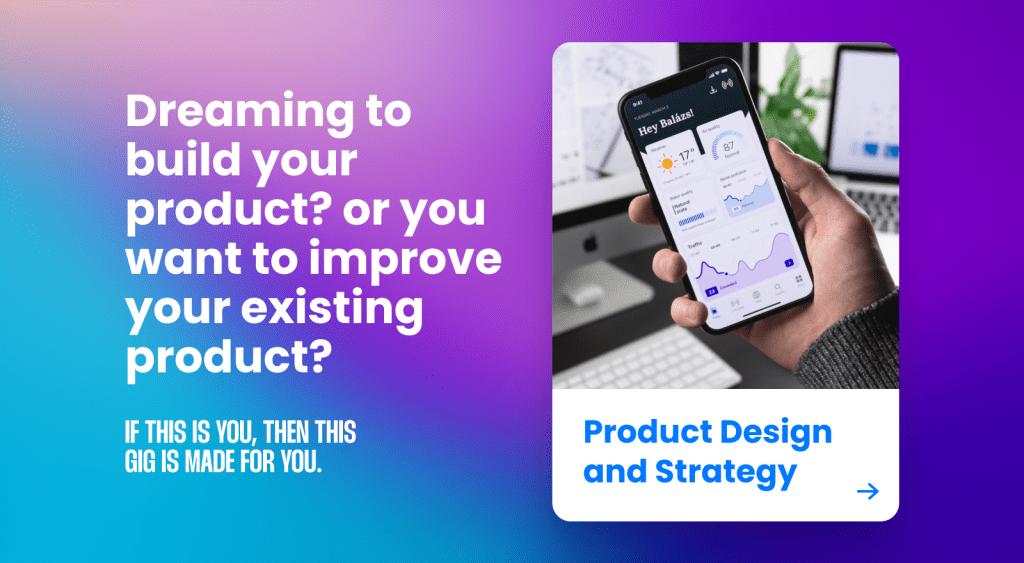
Want to build your startup, or do you want to increase your product user retention, boost ROI, and increase your product revenue? then check our Product Design and Strategy gig

